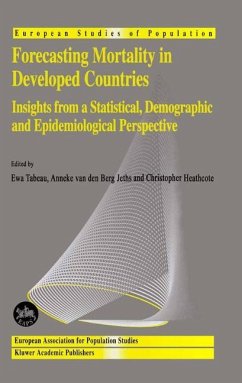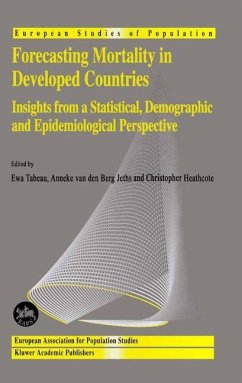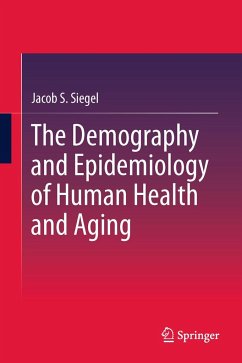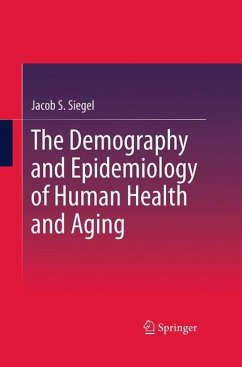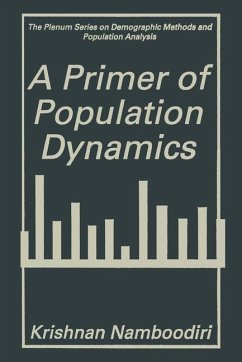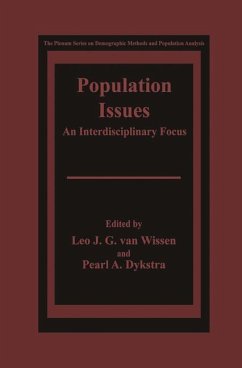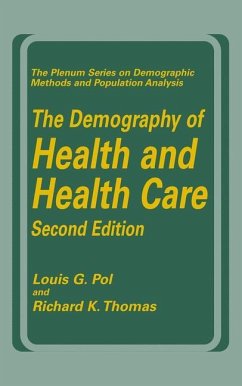
The Life Table
Modelling Survival and Death
Herausgegeben: Wunsch, Guillaume; Mouchart, Michel; Duchêne, Josianne

PAYBACK Punkte
57 °P sammeln!
Guillaume Wunsch, Michel Mouchart, Josianne Duchene This book is an outcome of the activities of the Working Group on Health, Morbidity, and Mortality Differentials of the European Association for Population Studies, which was chaired for some years by one of the present editors (G. Wunsch). In collaboration with the Institute of Statistics and the Institute of Demography of the University of Louvain, this Working Group held a workshop in Louvain-Ia-Neuve a few years ago on the use of life tables in Europe, taking into account problems of data collection, methods, and models. Some of the parti...
Guillaume Wunsch, Michel Mouchart, Josianne Duchene This book is an outcome of the activities of the Working Group on Health, Morbidity, and Mortality Differentials of the European Association for Population Studies, which was chaired for some years by one of the present editors (G. Wunsch). In collaboration with the Institute of Statistics and the Institute of Demography of the University of Louvain, this Working Group held a workshop in Louvain-Ia-Neuve a few years ago on the use of life tables in Europe, taking into account problems of data collection, methods, and models. Some of the participants in the workshop were then invited by the present editors to improve, develop, or in some cases thoroughly modify their papers in order to transform them into chapters of a book on life tables. Though life tables are one of the oldest tools in demography, and every textbook on demographic methods deals with the topic of life table construction, few books have dealt with the subject indepth. It is the hope of the editors that the present volume will fulfill to some extent this need. Though primarily written by and for demographers, this book will also be of use to actuaries working in life insurance, and to epidemiologists dealing with morbidity and cause of death. Furthermore, a topic such as competing risks theory should also be of interest to statisticians.






